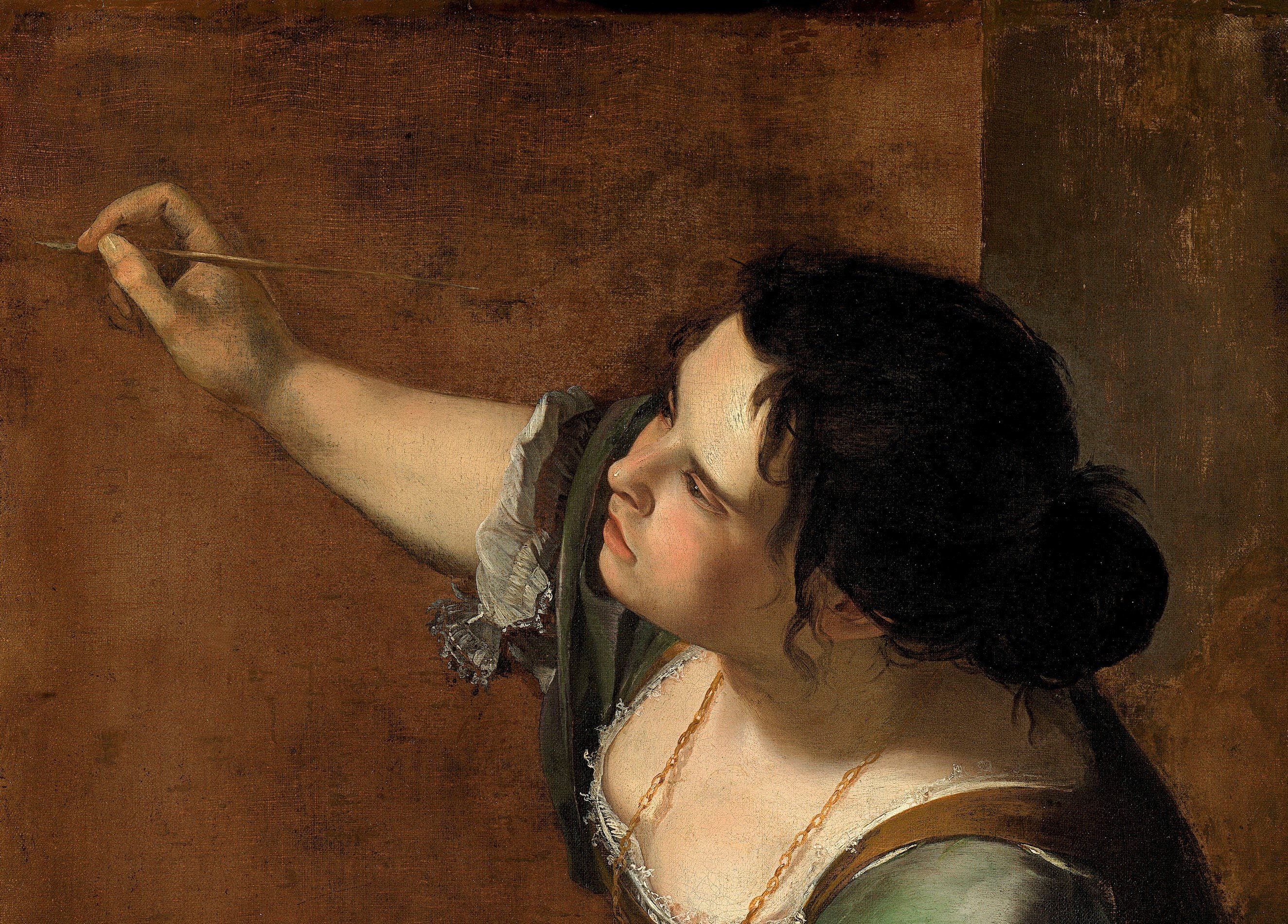
Women Artists
The lives and works of creative women
The Early 20th Century
The first decades of the new century were a febrile time for gender equality and women’s rights. What freedoms women could, and should, be allowed to enjoy was a hotly contested subject. However, women began to enter the workplace and participate in a wide range of activities previously largely denied to them in ever greater numbers, making them unprecedently visible in public life. In the arts, female students began to outnumber their male peers in leading institutions such as the Slade School, though they still battled against the prevailing stereotype of the ‘amateur lady artist’ and related accusations that they did not take their craft seriously enough. Such persistent problematic attitudes perhaps make it less surprising that in 1911, against the backdrop of increasing calls for inclusion and equality, the avant-garde Camden Town group excluded women from joining, allegedly for fear that the quality of the work produced by recommended wives or other women might not come up to scratch.
Many female artists engaged directly with campaigns for social and political reform. Some also responded directly to the other epoch-defining event, the First World War, which destabilised society in multiple ways, not least in relation to the opportunity it gave some women for greater independence and autonomy. Emily Murray Paterson, for example, toured Belgian battlefields after the conflict to record the destruction there and exhibited the resulting watercolours in London, some of which were later acquired by the Imperial War Museum as part of the official war record. Others chose not to engage with contemporary life, as did some male artists. Eleanor Fortescue-Brickdale and Margaret MacDonald Mackintosh focused on subjects drawn from literature, medieval history and their imaginations, and were seen as key exponents of the late flowering of Pre-Raphaelitism and Art Nouveau and Symbolism, respectively. The popular revival of craft techniques and skills at the turn of the century, often understood as a reaction against industrialisation and modernity, also created opportunities for talented female bookbinders such as Florence Paget to establish successful careers.
Following in Queen Victoria’s footsteps as significant supporters of the (by then) Royal Female School of Art, both Queen Alexandra and Queen Mary were also patrons of the Society of Female (later Women) Artists. They publicly expressed their support of female artists in other ways, too; for example, the press recorded their frequent visits to solo and small group exhibitions in London, amplifying the reputations – and ultimately the commercial prospects – of those artists (including Eleanor Fortescue-Brickdale and Lucy Kemp-Welch) who received such royal favour. In 1904 Queen Alexandra became the first royal patron of Bedford College, a pioneering institution of women’s education which offered art tuition as part of its curriculum. Queen Mary also encouraged female artists and designers working in a wide variety of media, patronising the Royal School of Needlework and the Guild of Women Binders.







